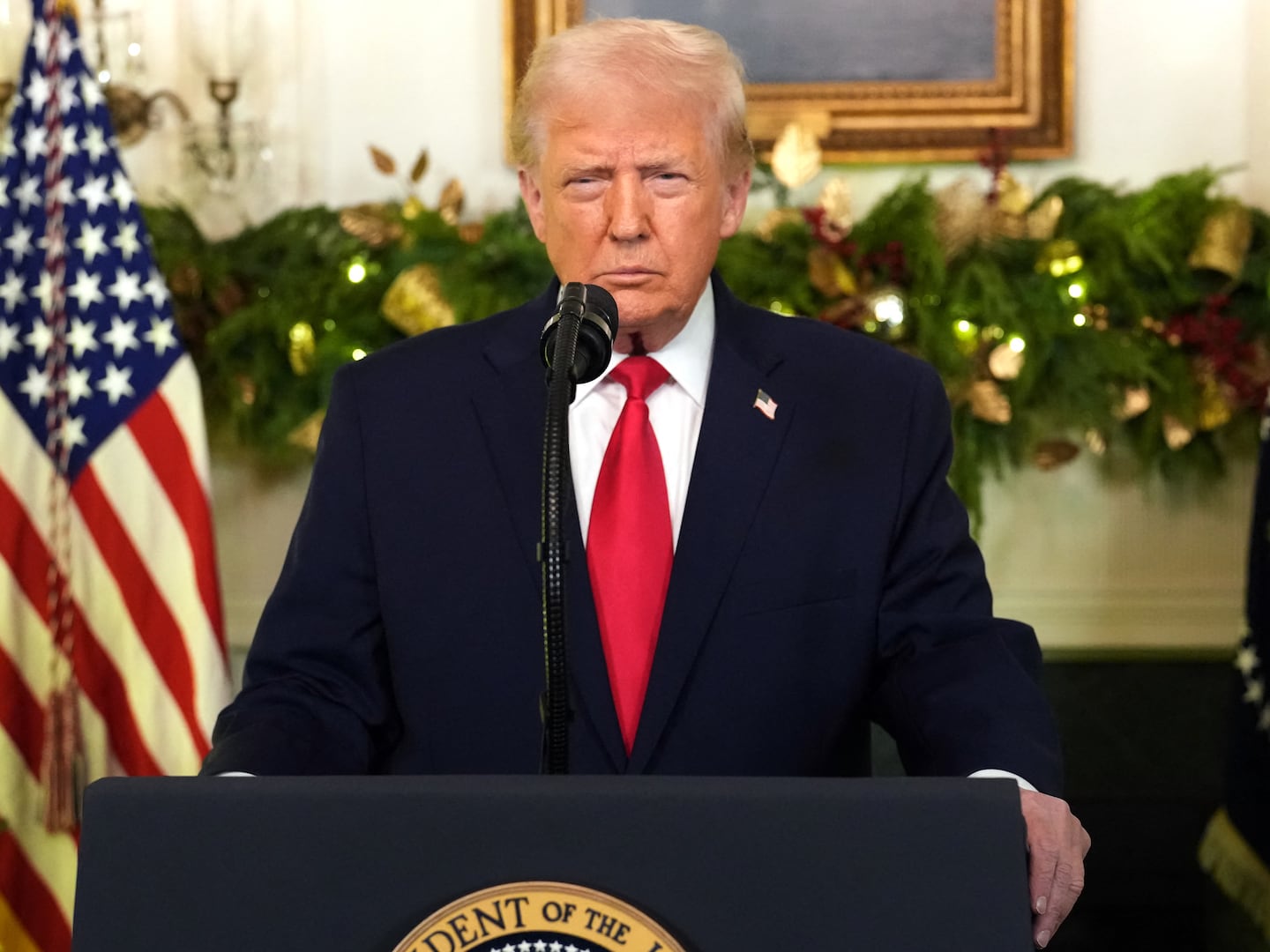
Why are large chunks of the American right so freaked out by illegal immigrants? Because they are no longer so freaked out by African-Americans.
And in this regard, the politics of 2010 are more like 1910 than 1970.
Over the last century, American politics has tended to see-saw between panics about immigrants and panics about blacks. A hundred years ago, immigration was the more volatile issue. Anti-black racism was brutal and profound, of course, but African-Americans were a familiar group that constituted a stable share of the population. They were also disenfranchised, and therefore less politically threatening. Immigrants from Southern and Eastern Europe, by contrast, were pouring onto America’s shores. And they were becoming politically active: joining labor unions, taking over city governments, influencing presidential elections.
Today’s closest equivalents to George Wallace and Strom Thurmond are J.D. Hayworth and Tom Tancredo.
Among many native-born whites, the result was hysteria. Finally, after four decades of this massive Catholic and Jewish immigration, the GOP—the dominant party in the native-born north—pushed through laws closing America’s door. Many Republicans also grew obsessed with prohibition, an issue that had everything to do with the hostility of teetotaling old-stock Protestants to alcohol-drinking immigrant Catholics. The Democrats, for their part, grew so divided between nativists and newcomers that in 1924 they took more than 100 ballots to select a presidential nominee. In 1928, the party nominated a Catholic, New York Governor Al Smith, who got crushed.
• Paul Theroux: Arizona, Show Your Papers? So What! But gradually, the pendulum swung. With mass immigration halted, the nativist panic of the early 20th Century eased. What replaced it, after World War II, was panic about African-Americans, who began mobilizing as never before against their political disenfranchisement. Starting in 1948, when Harry Truman began tentatively courting the black vote, leading Strom Thurmond and other segregationist Democrats to walk out of the Democratic convention, attitudes toward African-Americans began to define the two parties. From Alabama Governor George Wallace’s primary challenge to Lyndon Johnson in 1964 to Lee Atwater’s Willie Horton ad in 1988, anti-black racism was harnessed in every presidential campaign. Immigration, by contrast, was mostly ignored.
Then, in the 1990s, the pendulum swung back. Crime plummeted, thus relegating one racially saturated issue to the political margins. Bill Clinton signed welfare reform, eliminating another. And a series of Republicans, most notably George W. Bush, decided not to politically challenge affirmative action, sidelining a third. Meanwhile, just as black-white anxieties were easing, the 1965 immigration law, which opened America’s doors to immigrants from the third world, and the growing economic interdependence of the U.S. and Mexico, which led to waves of legal and illegal immigrants crossing America’s southern border, began to spur a growing fear about immigration. The hinge years were 1994, when California passed Proposition 187, banning illegal immigrants from public services, and 1996, when the very welfare reform law that helped ease white anti-black resentment included language barring even legal, non-citizen immigrants from receiving food stamps.
More than a decade later, it is now clear that native-immigrant relations drive American politics more than white-black relations. Of course, African-Americans still encounter significant racism, but today’s fear-mongers don’t try to win elections with images of black men raping white women; they do it with images of Mexicans hopping the border, stealing jobs and committing crimes. Today’s closest equivalents to George Wallace and Strom Thurmond are J.D. Hayworth and Tom Tancredo.
Just look at the attacks on Barack Obama. During the campaign, the race-baiting right attacked him as both a closet black militant (via Jeremiah Wright) and a closet Muslim (via his middle name). But 18 months later, barely anyone mentions Wright anymore. What has stuck is the charge that Obama was born overseas. This month, the geniuses in the Arizona House passed a law requiring presidential candidates to show their birth certificates to get on the state ballot (the bill was set aside by the state Senate—for now, anyway).
I dearly hope the federal government passes a sensible immigration law soon, but let’s not kid ourselves. The politics of immigration are going to be wrenching for a long time because on the ground, immigration is producing wrenching cultural and economic change. The ethnic composition of the United States is changing profoundly, and the influx of cheap workers is proving an economic boon for Americans who have graduated college (who now pay less for services) and an economic threat to Americans who have not (who often find themselves competing against immigrant labor). Relations between Mexican immigrants and native-born whites in Phoenix today are the equivalent of relations between African-Americans and whites in Boston in 1975. Cultural and economic tension is the dry tinder; sooner or later, political demagogues will light the match.
“Arizona,” declared Jesse Jackson this week, “has become the Selma” of our age. Twenty years after 1965, when civil rights marchers crossed the Edmund Pettus Bridge, America was still grappling with the political aftershocks. I suspect that on the 20th anniversary of Arizona’s immigration law, we will still be grappling with its aftershocks as well.
Peter Beinart, senior political writer for The Daily Beast, is associate professor of journalism and political science at City University of New York and a senior fellow at the New America Foundation. His new book, The Icarus Syndrome: A History of American Hubris, will be published by HarperCollins in June. Follow him on Twitter and Facebook.






